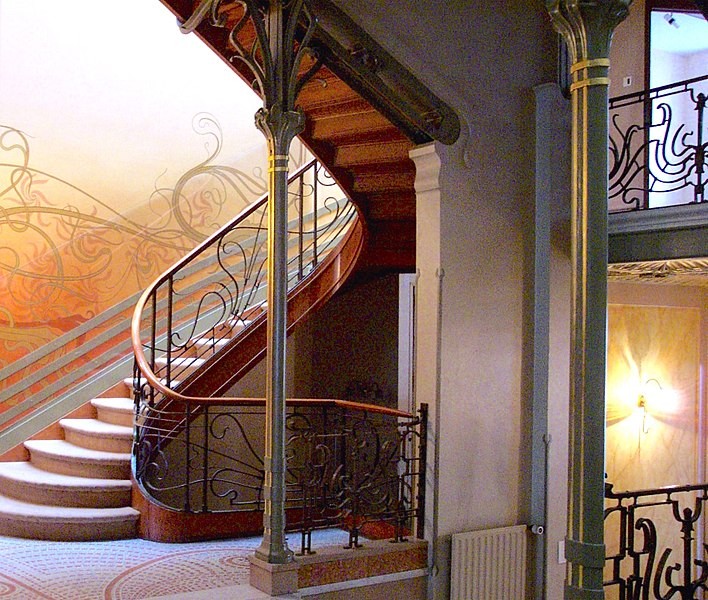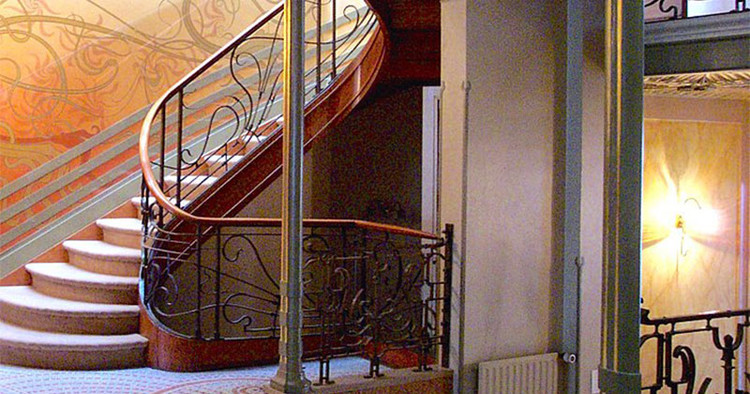
In the history of modern architecture, Louis I. Kahn is regarded as the undisputed master of monumentality in the United States. At the height of his career, Kahn managed to create a unique type of architecture, often awe-inspiring, but avoiding overdone grandiosity, expressing its constructive system, yet avoiding structural exhibitionism, steeped in history but developed with a new language and system of forms. His interest in light as a functional element and the specific qualities of materials extended beyond his buildings, in all the objects he created to populate them following their intrinsic spirit. To celebrate this legacy, Form Portfolios has now launched "Monumental Modernism," the first collection of lighting, objects, and furniture modeled after those discovered in Louis I. Kahn's buildings.

























.jpg?1542719332&format=webp&width=640&height=580)




.jpg?1542719332)
_-_Administration_and_Cour_d'Honneur.jpg?1497053167&format=webp&width=640&height=580)
_-_Midway_2.jpg?1497053349)
_-_USG_Building_and_Ho_O_den.jpg?1497053430)
_-_Birds_Eye.jpg?1497053224)
_-_Map.jpg?1497053293)
_-_Administration_and_Cour_d'Honneur.jpg?1497053167)




.jpg?1529708839)


